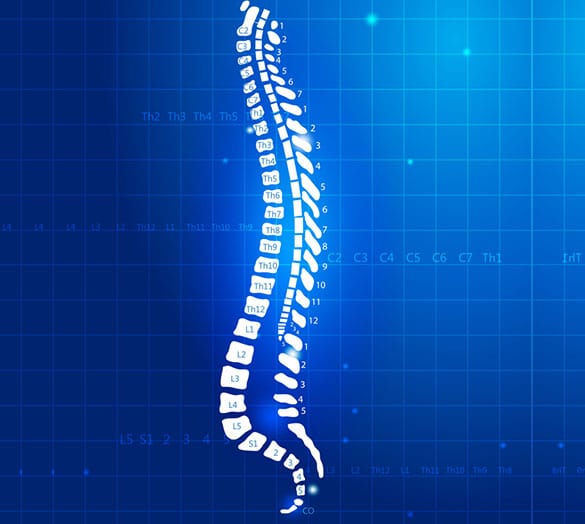
Let LA Orthopedic Group correct Spondylolisthesis in order to provide pain relief.
Spondylolisthesis occurs when one of the spinal vertebrae slips forward or backward over an adjacent vertebra. The condition normally affects the lower spine and can cause significant pain if the slipped vertebra compresses one of the spinal nerves.
- Common after middle age as spinal discs start to deteriorate
- Teens can also experience it due to a significant growth spurt
CONTACT US TODAY
Types of Spondylolisthesis
- Congenital spondylolisthesis is present at birth and is the result of a malformation of the vertebrae that makes the bones more likely to slip.
- Isthmic spondylolisthesis occurs when small stress fractures weaken the vertebrae to the point that they slip out of place.
- Degenerative spondylolisthesis occurs when the discs that serve as cushions between the vertebrae start to deteriorate as the result of age and natural wear and tear.
It is also possible to develop spondylolisthesis after a spinal injury or surgery or as the result of a pathological condition, such as osteoporosis, that weakens the spine.
Symptoms of Spondylolisthesis
It is possible for spondylolisthesis to cause no symptoms or for symptoms not to develop until years after the vertebra slips. If the slipped vertebra impinges on the spinal cord or a nerve, it can cause pain in the lower back and buttocks, numbness or weakness in the legs, pain that radiates from the lower back to the legs, and difficulty walking. The back pain may get worse with bending or twisting. In extremely rare cases, patients may experience a loss of bowel and bladder control.


Diagnosing Spondylolisthesis
An X-ray will reveal if a vertebra is out of place. In some cases, a more detailed CT or MRI may be used to better visualize the specific bone and nerve involvement. Spondylolisthesis is graded I through IV based on the degree of slippage. Grade I or II spondylolisthesis is typically managed with conservative medical treatments. Grade III and IV spondylolisthesis may require surgical intervention depending on the patient’s symptoms.
Treatments for Spondylolisthesis
Conservative treatments for spondylolisthesis include rest, over-the-counter and prescription anti-inflammatory medications, and epidural steroid injections. Back braces and supports can help alleviate pain by stabilizing the back. Eight to 12 weeks of physical therapy may be recommended to improve back strength and flexibility. Surgery may be necessary in cases where the pain persists or interferes with normal activities. The procedures are used to stabilize the spine and relieve the pressure on the spinal nerves. The two surgical techniques used to treat spondylolisthesis are a laminectomy and a spinal fusion.




